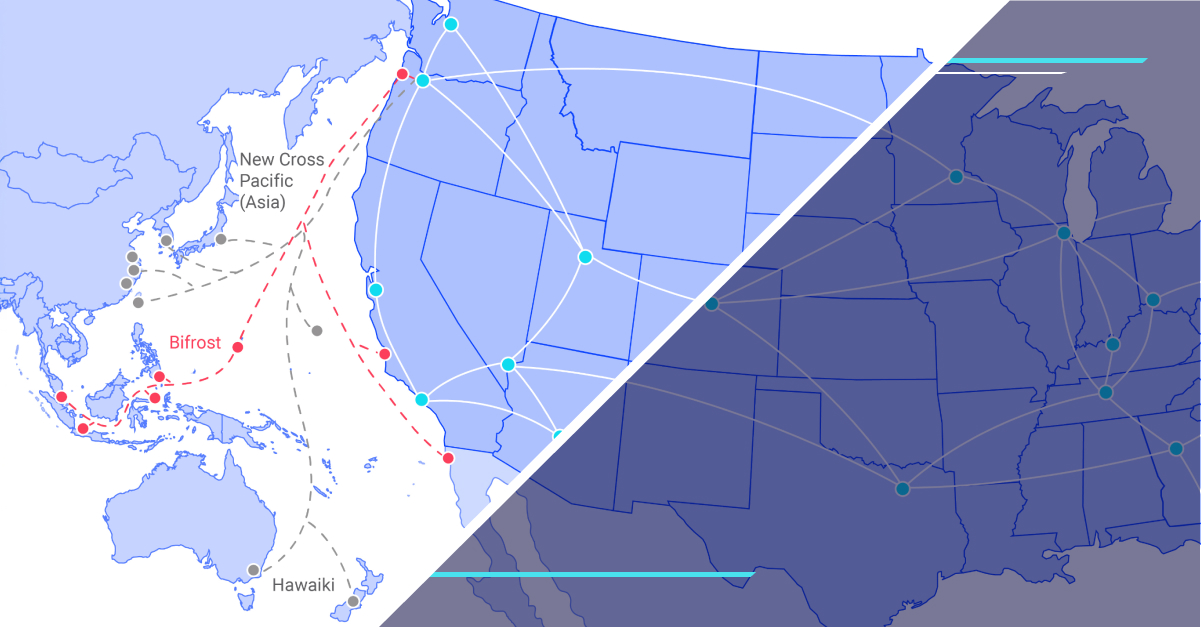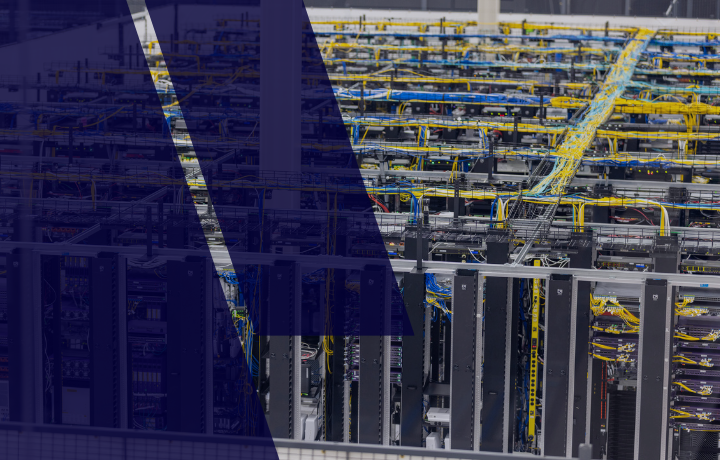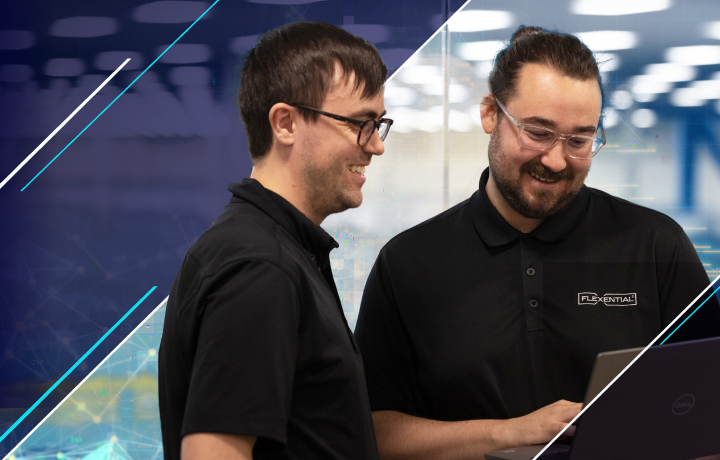Why CloudOps is a game-changer for modern IT operations
CloudOps is reshaping how businesses manage cloud environments—shifting from manual, siloed operations to agile, automated, and collaborative practices. This blog explores why it’s more than a toolset—it’s a strategic transformation for modern IT.

What is CloudOps?
CloudOps (cloud operations) is a framework of tools and best practices for managing and optimizing IT services in cloud environments. It ensures that cloud-based applications are delivered with high performance, availability, and security.
More than tools—A transformation
Adopting CloudOps is not just about implementing new software; it’s about transforming operational culture and processes. CloudOps brings DevOps-style agility, automation, and continuous improvement to IT operations, breaking down silos and enabling cross-team collaboration. It leverages modern practices to eliminate downtime and accelerate business processes—creating a bridge between operations, security, and compliance teams.
Key benefits
When done right, CloudOps delivers strategic outcomes.
- Agility: Faster deployments and responsive scaling.
- Resilience: Minimal downtime through proactive management.
- Efficiency: Increased productivity and team effectiveness.
- Security and compliance: Automated policies and governance.
In short, CloudOps turns IT operations into a driver of innovation and business value.
A new era
CloudOps represents a new era of IT management designed for the cloud age. It applies proven IT operations and DevOps principles to cloud environments to achieve continuous operations and rapid innovation. Instead of treating operations as a back-office function, CloudOps elevates it to a strategic practice that accelerates and optimizes business processes running in the cloud.
This shift from traditional IT operations to CloudOps has been driven by sweeping market changes, including:
- Organizations have been undergoing digital transformation and migrating critical systems to public, private, and hybrid clouds.
- Workforces have become more distributed and hybrid, relying on cloud services for collaboration and productivity. In this environment, old operational models struggle to keep up.
- Cloud environments are increasingly complex—with multi-cloud deployments, dynamic scaling, and continuous software updates, making CloudOps essential for managing that complexity.
Modern enterprises need resilience to handle 24/7 demands and the speed and flexibility to quickly release new tools and features. CloudOps is the industry-leading answer, enabling businesses to respond faster to market needs while maintaining control, security, and efficiency.
The legacy operations model: Limits and challenges
- Siloed infrastructure and teams: In the past, IT groups often worked in isolated silos (server team, network team, database team), making alignment, communication, and coordination slow.
- Slow, waterfall-style deployments: Traditional operations favored heavy upfront planning and infrequent updates.
- Manual processes for scaling and configuration: Teams had to procure hardware, set it up, and configure systems by hand.
- Reactive firefighting: Legacy systems often meant waiting for something to break before fixing the cause.
- Poor scalability and high costs: Legacy systems were often over-provisioned or suffered from underperformance due to rigid infrastructures.
What is CloudOps?
CloudOps is the modern operating model that tackles those legacy challenges head-on. It combines cultural shifts, process improvements, and enabling technologies to manage cloud-based systems in a far more agile and efficient way. Several core principles underlie CloudOps:
- Automation: Automates repetitive tasks and workflows through tools like CI/CD and Infrastructure as Code (IaC).
- Observability: Emphasizes real-time monitoring, logging, and tracing for system health and performance.
- Scalability and resilience: Ensures cloud systems scale dynamically and remain performant under pressure.
- Continuous operations: Enables near-zero downtime through proactive system maintenance and incident management.
In addition to these principles, CloudOps includes CI/CD pipelines, IaC, monitoring, FinOps practices, and security automation. It integrates closely with DevOps, SRE, and FinOps – forming a unified operational framework for cloud-native excellence.
CloudOps includes reducing wasteful spending when partnering with FinOps teams, improving your security posture by working with SecOps teams, and improving development processes by working with DevOps teams.
Conclusion
CloudOps is more than a set of new tools—it is a transformational shift in how IT powers the business. By embracing CloudOps, organizations inject more agility, resilience, and efficiency into their clouds, positioning themselves to innovate faster and more quickly respond to change and new business priorities.
For enterprises striving to be agile, secure, and cost-effective, CloudOps provides the operational backbone to get there. Start by assessing your current operations and identifying areas where automation or cloud-native practices can make an impact. Break down those silos, encourage your development, operations, security, and finance teams to work hand-in-hand, and adopt a culture of continuous improvement.
Ready to transform?
Begin by exploring how Flexential CloudOps Foundations can elevate your organization today. The companies that fully harness CloudOps will lead in the digital era, turning their cloud operations into an engine for innovation and competitive advantage.






